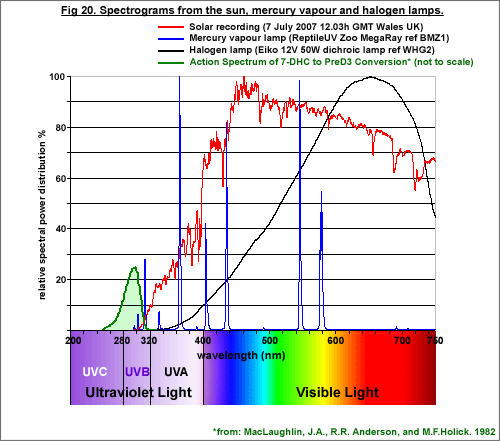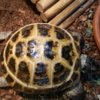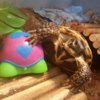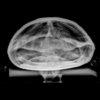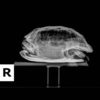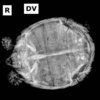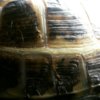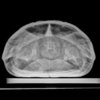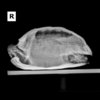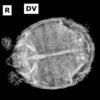A substance that not only dissolves keratin but also is carcinogenic...
That is absolutely not true. So your saying that lactic acid is carcinogenic? to who? not humans? Don't believe me?
Here you go...
http://www.lactic-acid.com/in_the_human_body.html
Oh and its in food too..
http://www.lactic-acid.com/lactic_acid_in_food.html
it is a natural occuring compound in human bodies... if it was carcinogenic we would all have cancer and die. It builds up as muscle contractions occur and energy is released.


